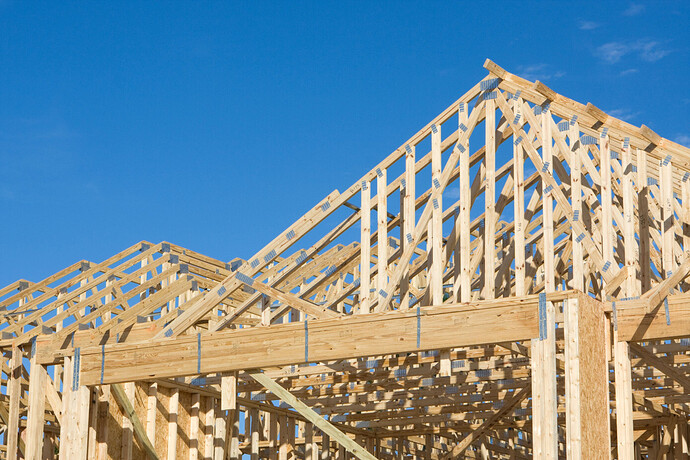The single-family housing starts experienced a significant increase, reaching a seasonally adjusted annual rate of 997,000 units in May, according to the U.S. Census Bureau and the U.S. Department of Housing and Urban Development. This marks an impressive 18.5% surge compared to the revised April figure of 841,000 units.
Furthermore, single-family housing completions also witnessed notable growth during the same period. May recorded a rate of 1,009,000 single-family housing completions, indicating a 3.9% increase from the revised April rate of 971,000 units.
The May housing starts data and the recent builder confidence NAHB/Wells Fargo HMI survey indicate that a bottom was reached for single-family residential construction earlier this year. While there have been some positive developments in the supply-chain, certain challenges remain for items such as electrical transformers and the availability of lots. Nonetheless, single-family housing starts have declined by 24% year-to-date, primarily due to a slow start at the beginning of the year.
The housing data shows that the number of single-family homes under construction is down 16% compared to a year ago at 695,000 in May, while the number of apartments under construction is up 17% to 994,000—the highest level since September 1974. This level of inventory in the construction pipeline will eventually push multifamily construction starts lower. On a regional and year-to-date basis, combined single-family and multifamily starts are 11.0% lower in the Northeast, 15.0% lower in the Midwest, 12.3% lower in the South and 24.7% lower in the West.
Overall permits increased 5.2% to a 1.49 million unit annualized rate in May. Single-family permits increased 4.8% to an 897,000 unit rate, but are down 25.5% year-to-date. Multifamily permits increased 5.9% to an annualized 594,000 pace. Looking at regional permit data on a year-to-date basis, permits are 21.7% lower in the Northeast, 24.7% lower in the Midwest, 16.5% lower in the South and 24.1% lower in the West.
